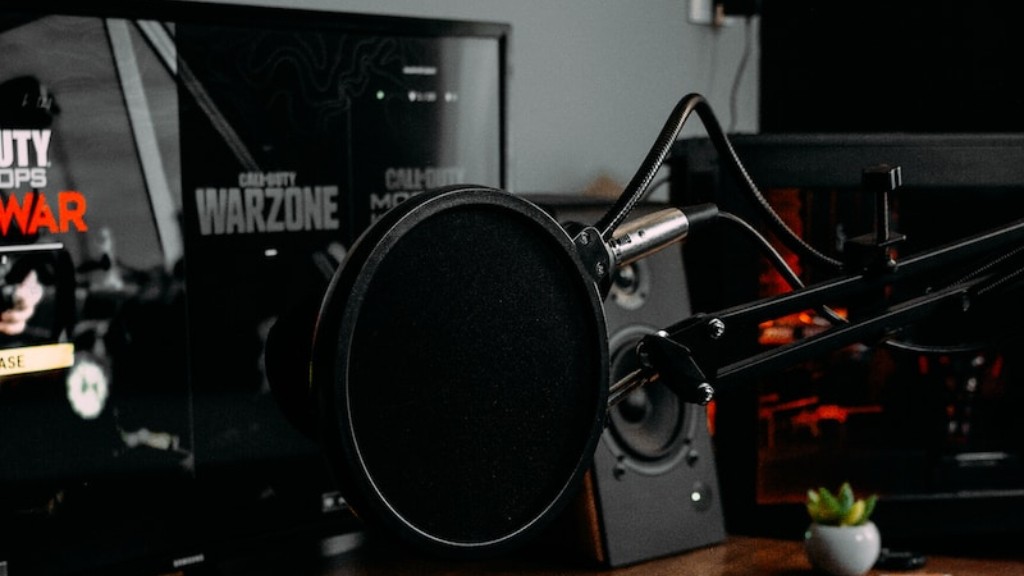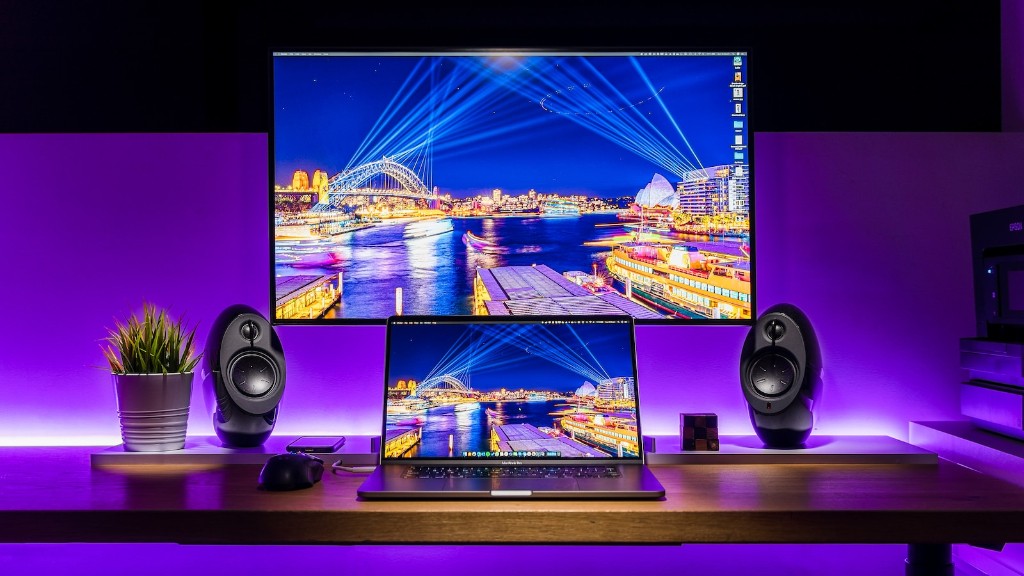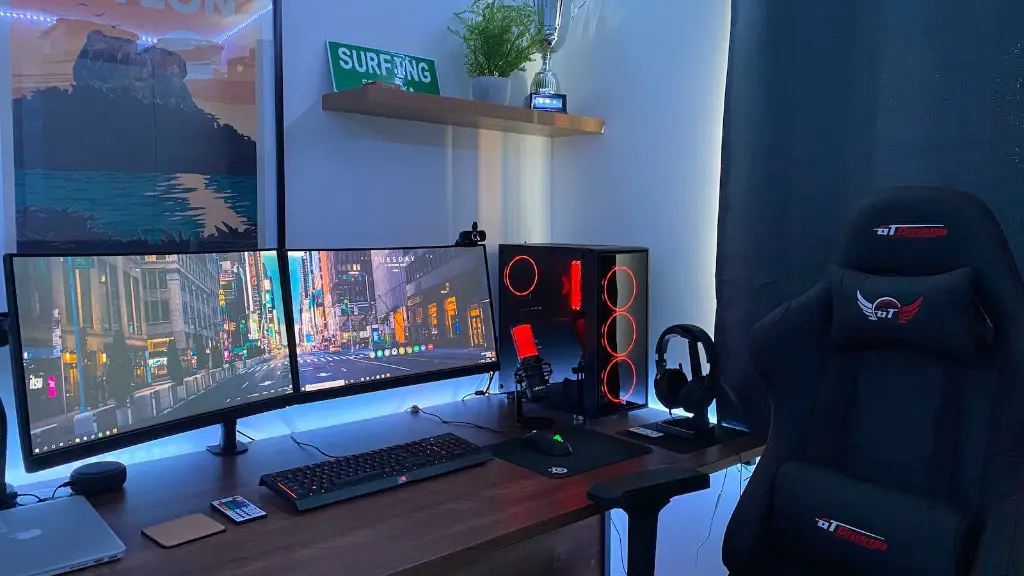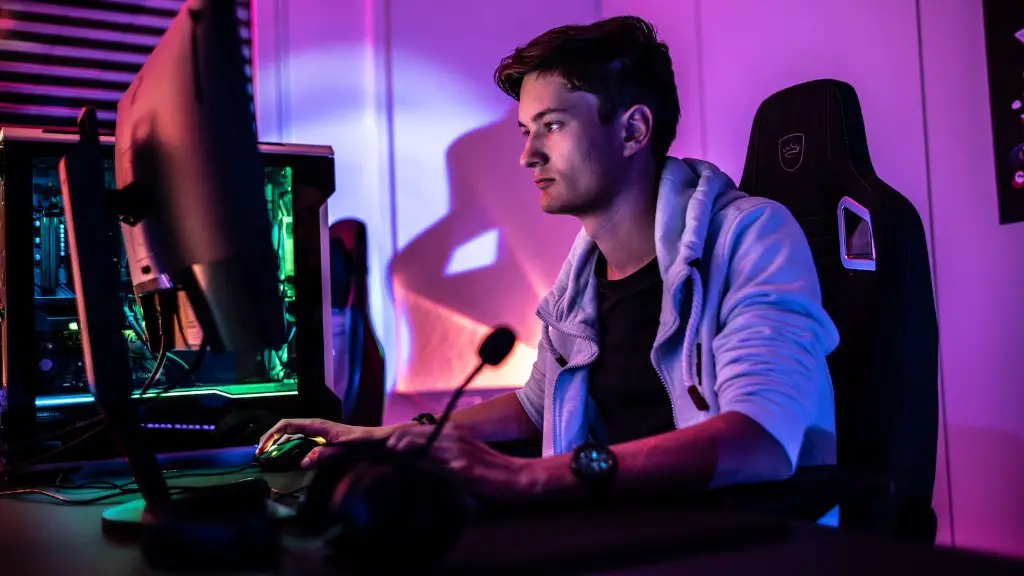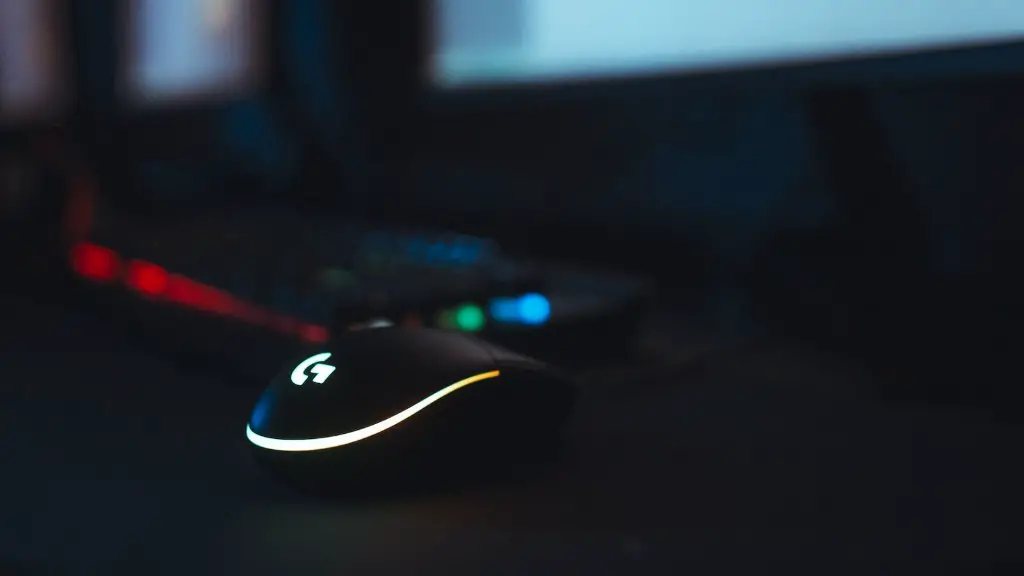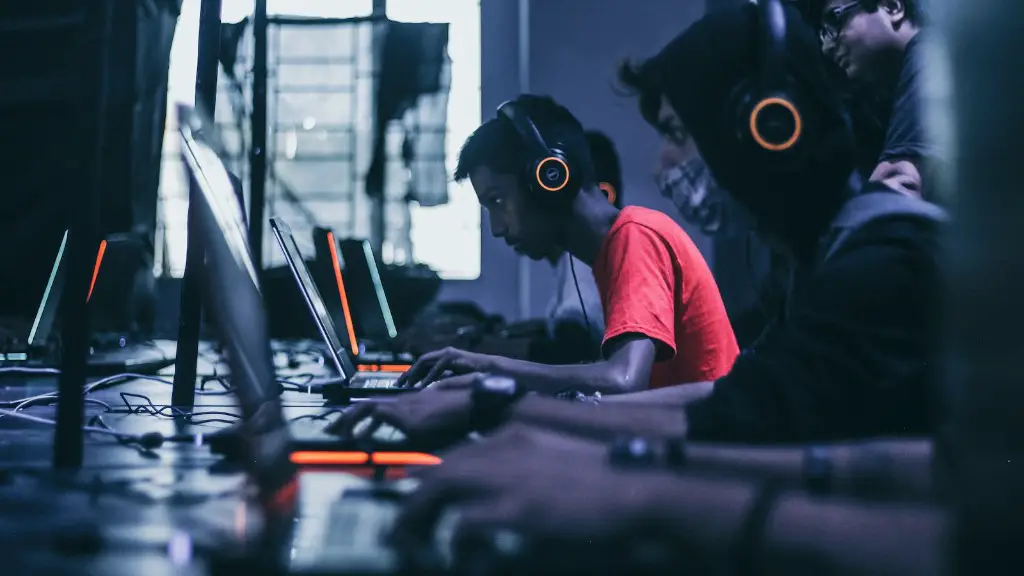Making a custom gaming PC can seem intimidating for those who don’t have experience, but it doesn’t have to be. With the right guidance, you can learn the basics of building your own custom gaming PC and get away from the standard pre-built model. Here’s what you need to know to get started.
First and foremost, you need to decide which components you’re going to use. The most important factor when choosing components is performance. Do some research and read reviews on the components you’re interested in to get an idea of how they will perform in your gaming PC. Once you’ve picked out the components, you can begin to assemble your PC.
Getting the right case is important too; you want something that has room for all the components you’ll be installing and enough airflow to keep everything cool. Additionally, make sure to get the right power supply; if it’s too weak, it won’t power your components and if it’s too powerful, you’ll be wasting money.
Next, you’ll need to install your components into the case. Carefully follow the instructions that come with the components you’ve purchased to make sure you don’t damage them. Don’t forget to plug in all the necessary cables, from power to data.
When all the components are installed, you’ll likely have to install your operating system. If you’re using Windows, you’ll need to use an installer, but if you’re using a Linux-based OS, it’s typically as simple as downloading the ISO file and burning it to a USB drive or CD. From there, you can follow the necessary steps to install your OS and then start installing your applications and games.
One of the most confusing steps of building a custom PC is the software and driver installation. This is where you’ll need to go through and make sure you have the necessary drivers installed for all your components. To make this easier, it’s a good idea to use a driver updater like Driver Booster to scan your system, identify any missing or outdated drivers, and update them all automatically.
Finally, you’ll need to install your games. Most modern games are either digital or require a disc, and some require both. Once you’ve installed all your games, you can tweak the settings in the game’s launcher or directly in the game itself to make sure you’re getting the best performance.
Troubleshooting
When you’re putting together a custom gaming PC, it’s inevitable that you might run into some problems. Most of the time, the issues can be relatively easily solved if you follow the instructions that come with the components. But if you’re still having issues, you may need to search online for a specific solution or, if all else fails, you can try reaching out for help from the experts.
Keep in mind that troubleshooting a custom gaming PC can be a lengthy and frustrating process. If you don’t feel comfortable tackling the problem yourself, you may want to consider ordering a pre-built system and just buying the parts separately.
Don’t be afraid to experiment with different settings and configurations until you find a combination that works for you. It may seem daunting at first, but with a little bit of patience, you’ll be able to get your gaming PC running smoothly.
Overclocking
Overclocking is a great way to squeeze more performance out of your gaming PC. While it may seem intimidating at first, it’s not that difficult if you know what you’re doing. Most modern motherboards will come with an overclocking feature, which you can use to push your components to their limits.
Keep in mind, however, that overclocking can be dangerous if done improperly. Make sure you do your research first and if possible, get some advice from an experienced overclocker. Additionally, make sure the components you’ve chosen are capable of overclocking, or else you could end up damaging your hardware.
If you do decide to overclock, make sure you have a good cooling system. Overclocking generates a lot of heat, so having a good water or air cooler is essential. Additionally, make sure to check your system for stability after every small change. If things start to become unstable or you see any visual artifacts, it’s time to back off and adjust your settings.
Upgrading Parts
With time, your gaming PC might start to struggle to keep up with new games and it may be time to upgrade some components. Graphics cards are usually the first component to be upgraded, followed by the processor and RAM. Be sure to do your research to make sure everything is compatible and that the new components won’t require more power than what your current power supply can handle.
If you’re having trouble deciding which components to upgrade, a good rule of thumb is to start with the component that’s causing your system to be the slowest. Additionally, if you’re considering upgrading to a newer generation of components, be sure to read the benchmark results to ensure the performance is actually worth the upgrade.
Once you have your new components, installing them is pretty straightforward. Dismantle the old hardware, install the new hardware, plug in all the necessary cables, and you’re done. After that, you can check your system for any possible interference and delete any software that came with the upgrade. If everything looks good, then you can enjoy the performance boost your upgraded hardware has provided.
Considerations
When it comes to custom gaming PCs, there are a few considerations you should keep in mind. First is budget – do your research and make sure you don’t overspend on any component. Additionally, pay close attention to the reviews before deciding on which component to buy.
You’ll also need to consider how often you’ll be upgrading your system. If you’re planning to upgrade more frequently, you should consider getting more expensive components that can handle frequent upgrades. Similarly, if you don’t plan on upgrading often, then getting cheaper components can help you save money.
Finally, you should consider the amount of time and effort you’re willing to put into maintaining your custom gaming PC. If you don’t feel comfortable fiddling with settings or installing software, then you should opt for a pre-built model as that can be simpler and yield good performance.
Choosing Parts
When it comes to picking the components for your custom gaming PC, you should think about how they will interact with each other. Make sure they are compatible and checked to make sure they’re powerful enough to run whatever games you’re planning to play.
It’s also important to think about the lifespan of the components you’re choosing; you want something that’s good enough for the present, but won’t require too much upgrading in the future. Additionally, keep an eye out for good deals, as you may be able to save some money on certain components.
When it comes time to buy, be sure to get the components from reputable retailers as that can help avoid any potential issues. Additionally, make sure to check what kind of warranty period each component offers in case something goes wrong.
Finally, if you’d rather leave the component selection up to the experts, you may want to consider building your PC with a custom PC builder. That way, you can get the parts that are right for you, but you don’t have to worry about picking them out.
